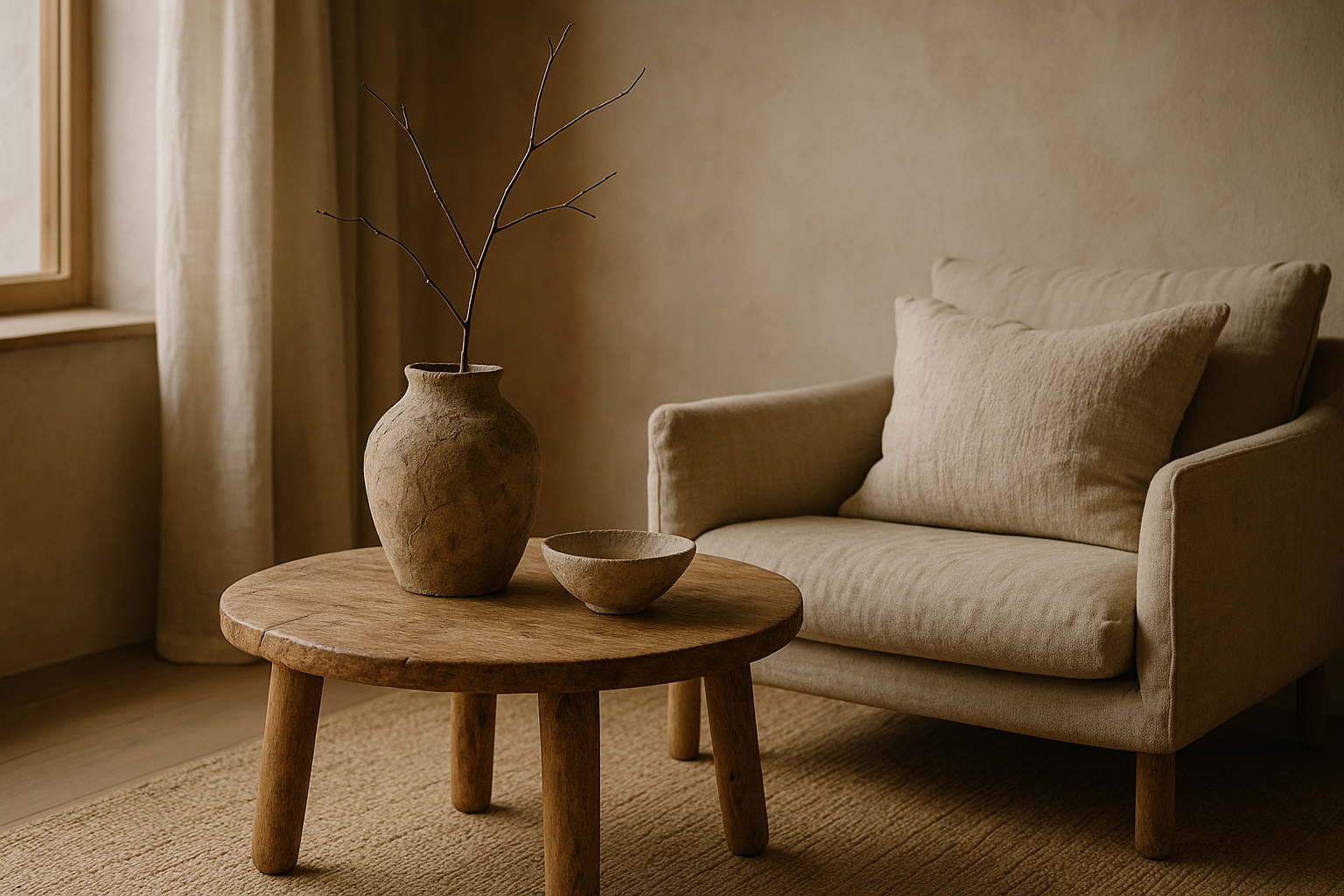The Resurgence of Wabi-Sabi in Modern Homes
Wabi-Sabi, a Japanese philosophy embracing imperfection and fostering a sense of calm, is gradually making its way back into modern homes. This unique and fascinating trend is offering fresh, new perspectives on home design and decoration, enabling homeowners to create an atmosphere of tranquility and simplicity. This article delves into the historical context of Wabi-Sabi, its key developments, and its significant influence on current home design trends.

Historical Context and Key Developments
Wabi-Sabi is a traditional Japanese aesthetic that appreciates the beauty in imperfection, impermanence, and incompleteness. This philosophy has its roots in Zen Buddhism and the tea ceremony culture of Japan. In recent years, Wabi-Sabi’s principle of simplicity, modesty, and the acceptance of the natural cycle of growth and decay has been progressively incorporated into modern home designs.
Current Design Trends and Expert Insights
In the realm of home decor, Wabi-Sabi takes the form of rustic furniture, handmade items, natural fabrics, and neutral color palettes. The motive is to create a peaceful and calming environment that embraces the flawed and the imperfect. The trend is moving away from mass-produced, glossy, and artificial items, and instead, it’s focusing on the use of natural, raw materials that evoke a sense of warmth and authenticity.
Experts in the home decor industry are of the opinion that the resurgence of Wabi-Sabi is a reaction to the overwhelming presence of technology and the fast-paced life in modern society. People are longing for a return to simplicity and authenticity, and Wabi-Sabi offers just that.
Practicality and Enhancement of Daily Living
Incorporating Wabi-Sabi into your home is not just about aesthetics; it’s also about embracing a way of life that appreciates simplicity and authenticity. Wabi-Sabi encourages us to find beauty in everyday objects and to appreciate the natural process of aging and decay. This philosophy can help us slow down, appreciate the moment, and find peace in our surroundings.
As per market trends, there is a growing demand for handmade, rustic, and organic items that embody the Wabi-Sabi philosophy. This shift is not just enhancing the aesthetic appeal of homes but also positively influencing the mental well-being of the occupants.
Conclusion
In conclusion, the resurgence of Wabi-Sabi in modern homes is a testament to the growing need for authenticity and simplicity in our lives. As we continue to navigate the complexities of modern living, the principles of Wabi-Sabi provide a means to create a serene, calming, and peaceful environment in our homes. As this trend continues to evolve, it’s intriguing to speculate upon what other ancient philosophies might resurface to guide our design choices in the future.




